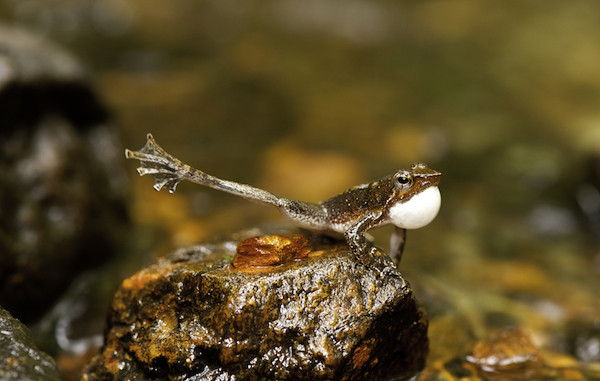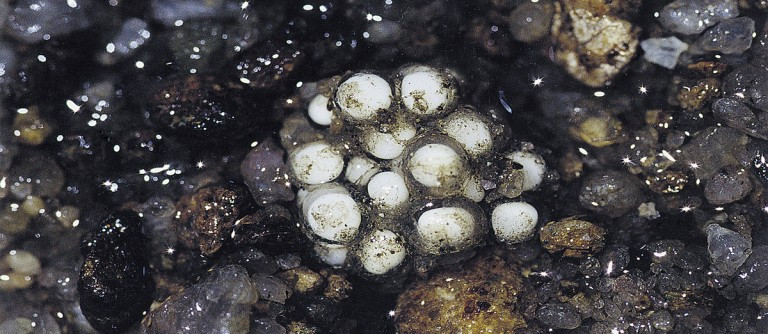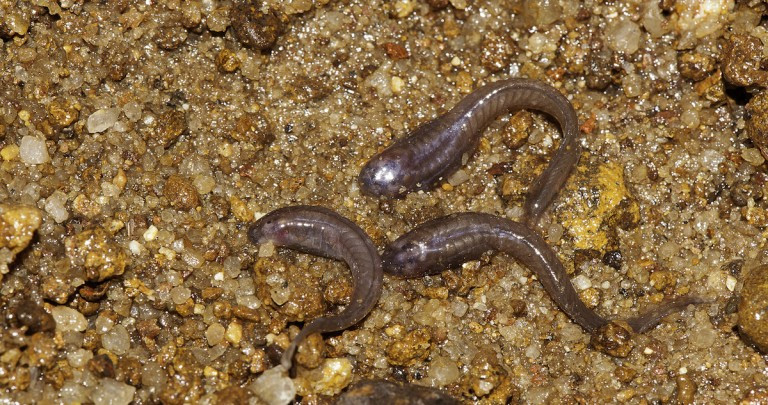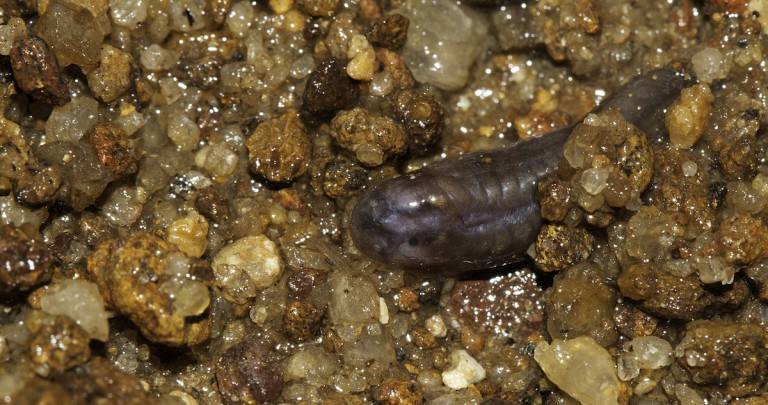In the lush, mountainous rainforests of India’s Western Ghats, a remarkable family of frogs resides, known for their distinctive courtship rituals: the Elegant Dancing Frogs. Scientists have recently unveiled another fascinating aspect of these creatures – their tadpoles live hidden beneath the earth, a secret kept for years.
The Western Ghats, a tropical mountain range gracing India’s southwestern coast, is a vibrant hub of amphibian diversity. This region is celebrated for its numerous endemic species, unique to this area, with new species frequently being discovered within its dense and rugged forests.
A key figure in these discoveries is amphibian biologist Sathyabhama Das Biju, affectionately known as the “Frogman of India” for his extensive contributions. His past achievements include the rediscovery of a tree frog in northern India with tadpoles that consume their mother’s eggs and leading an expedition in 2014 that identified 14 new species of these captivating dancing frogs.
Unlike most frog species that rely on vocalizations to attract partners, elegant dancing frogs, belonging to the Micrixalidae family, employ a different strategy. Living in fast-flowing streams where sound would be lost, they wave their legs and flash their feet to signal their breeding fitness and attract mates – a truly elegant display of natural choreography.
 A “dancing” Micrixalus kottigeharensis. Photo by SD Biju.
A “dancing” Micrixalus kottigeharensis. Photo by SD Biju.
For his latest research, published in PLOS ONE, Biju revisited the dancing frogs, focusing on the long-standing enigma of their early life stages. Remarkably, the tadpoles of the Micrixalidae family had never been observed and documented in their natural habitat, making them the only frog family known to science with unknown tadpoles.
Given that tadpoles are the aquatic larval stage of frogs, and adult dancing frogs are known to mate near water, the initial search for tadpoles logically focused on streams. For years, Biju and his team diligently explored the streams inhabited by adult dancing frogs, but their efforts yielded little success, except for a single tadpole found back in 2004.
The breakthrough came when they shifted their attention to the mating behavior of these elegant dancers.
“Over time, we observed female dancing frogs laying eggs in self-dug cavities within streambeds under shallow water,” Biju explained. “This was a crucial hint, leading us to conduct focused surveys in January and February 2012. We concentrated our search on these streambeds, starting in shallow waters and gradually moving towards the sand and gravel beds along the forest stream edges.”
“There they were, concealed beneath the sand and gravel. Once we understood where to look, we found the tadpoles!”
The discovered tadpoles belonged to the Kaller dancing frog (Micrixalus herrei), a small, vibrant brown frog with a distinctive burnt umber back. The tadpoles themselves exhibit a dark purplish-brown hue and an eel-like form. They possess unique adaptations for their subterranean existence, including minute, skin-covered eyes positioned atop their heads and robust muscles that facilitate movement within the sediment at depths of 10 to 40 centimeters (4 to 16 inches).
 Kallar dancing frogs (Micrixalusi herrei) mating in water, with the female using her legs to dig a tunnel in which to lay eggs. Photo by SD Biju.
Kallar dancing frogs (Micrixalusi herrei) mating in water, with the female using her legs to dig a tunnel in which to lay eggs. Photo by SD Biju.
 The tadpoles of Kaller dancing frogs have muscular tails to help them move through sediment. Photo by SD Biju.
The tadpoles of Kaller dancing frogs have muscular tails to help them move through sediment. Photo by SD Biju.
 A Kaller dancing frog tadpole in substrate (note the eyes on the top of the head). Photo by SD Biju.
A Kaller dancing frog tadpole in substrate (note the eyes on the top of the head). Photo by SD Biju.
Unlike typical water-dwelling tadpoles with eyes on the sides of their heads, these underground tadpoles have eyes on top. After roughly a month, Kaller dancing frog tadpoles undergo metamorphosis into adult frogs, and the cycle of dancing and digging commences anew.
The diet of these underground dwellers primarily consists of nutrients found within the sediment they inhabit, as evidenced by sand and sediment discovered in their digestive systems. While the complete life cycle of M. herrei is still under investigation, Biju estimates that the tadpole stage lasts approximately 30 to 35 days before they transform into adult elegant dancing frogs.
While underground tadpoles are not a common trait among frogs, they are not exclusive to Micrixalus frogs, though they remain a rarity.
“Only a handful of fossorial tadpoles are known globally, across five distantly related frog families. Much more research is needed to understand their unique adaptations,” Biju noted.
Despite the seeming remoteness of the Western Ghats wilderness from India’s bustling population centers, these habitats and their elegant dancing frog inhabitants face increasing threats. The chytrid fungus, a dangerous pathogen implicated in the extinction of several frog species, was detected in the region’s remote mountain streams in 2014. Furthermore, the expansion of urban areas and farmland is steadily eroding forests and polluting vital streams.
Alarmingly, seven of the 24 known dancing frog species live entirely outside protected zones, raising concerns among conservationists about their future survival. However, Biju remains optimistic that increased awareness of this unique frog family will lead to stronger protection efforts.
“Documenting this biodiversity is the essential first step towards effective conservation,” Biju stated in a previous interview. “We must first understand what we need to conserve. Discovering new species and understanding their life cycle enhances our knowledge of what we possess and their conservation status. People are now paying attention to frogs, and this shift in awareness will hopefully influence conservation policies positively.”
Citation:
- Senevirathne G, Garg S, Kerney R, Meegaskumbura M, Biju SD (2016) Unearthing the Fossorial Tadpoles of the Indian Dancing Frog Family Micrixalidae. PLoS ONE 11(3): e0151781. doi:10.1371/journal.pone.0151781
